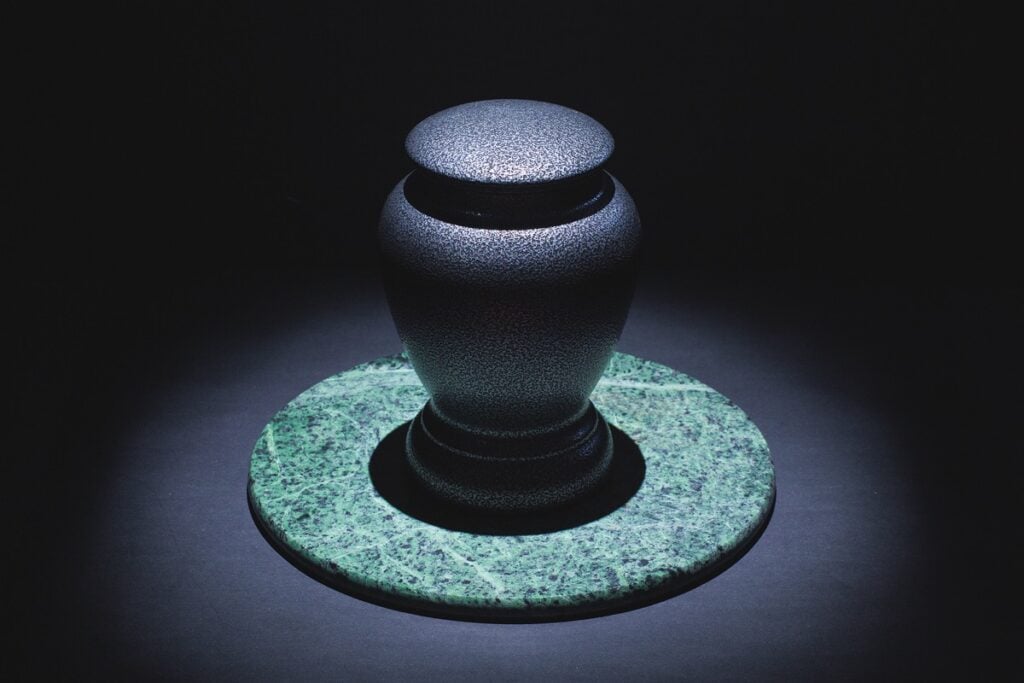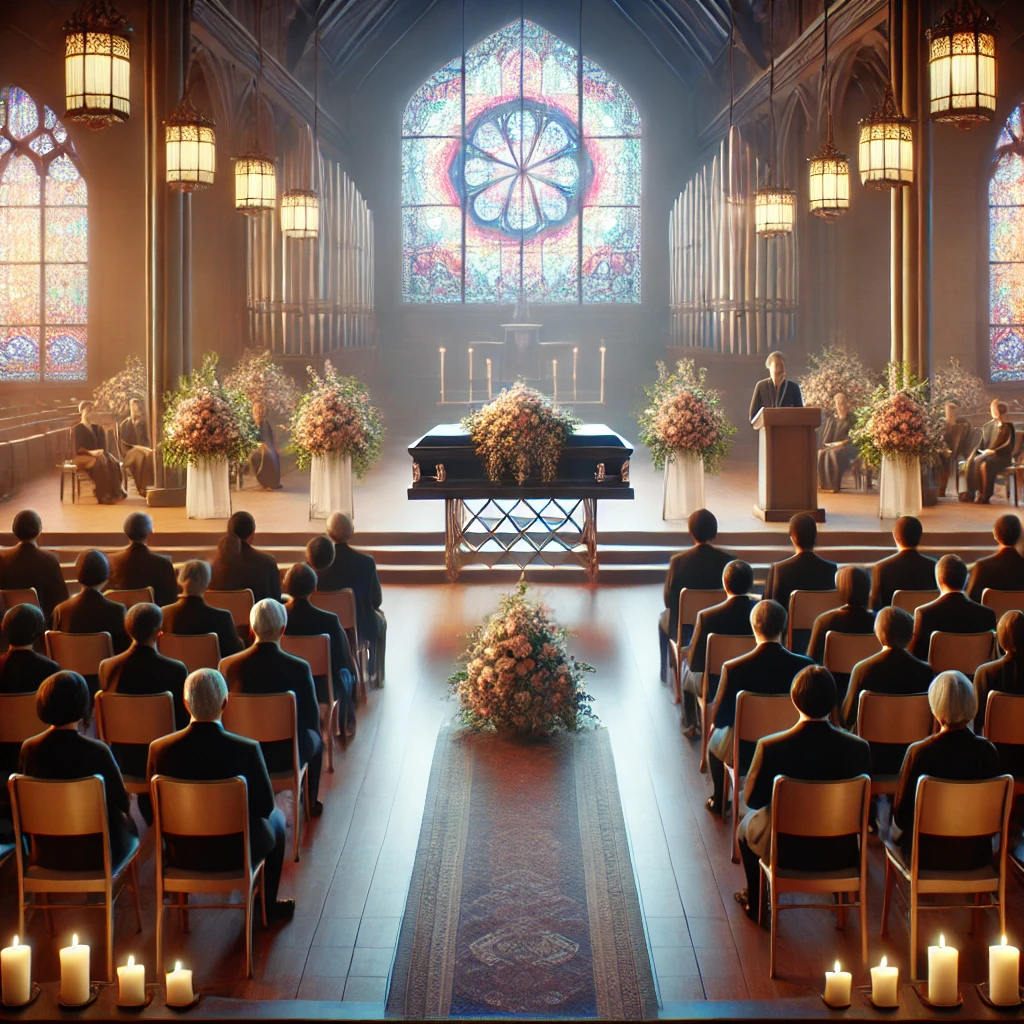When a loved one passes away, families are faced with many important decisions, one of which is how to handle the final disposition of the body. In recent years, direct cremation has become an increasingly popular choice for those seeking a simple, cost-effective, and dignified option. This guide will explore what direct cremation is, how it works, and why it might be the right choice for families in the U.S. and Canada.
What Is Direct Cremation?
Direct cremation is the simplest form of cremation, where the body is cremated soon after death without a formal funeral service or viewing. Unlike traditional cremations, which often include embalming, a wake, and a service, direct cremation skips these steps. The body is taken directly to the crematory, and the remains (also known as cremains) are returned to the family afterward, usually in a basic container.
In the U.S. and Canada, direct cremation is becoming more common due to its affordability, simplicity, and flexibility. It allows families to bypass the more elaborate rituals that come with traditional funerals and gives them the freedom to plan a memorial or celebration of life at their own pace.
How Does Direct Cremation Work?
The process of direct cremation typically follows these steps:
- Removal of the Body: After the death, the body is transferred from the place of death (e.g., hospital, nursing home, or residence) to the crematory or funeral home. This step can be arranged by a funeral director or cremation provider.
- Paperwork and Permits: Before cremation can occur, certain legal documents must be completed. These include obtaining a death certificate, cremation authorization, and any necessary permits. The funeral home or cremation provider will typically handle this process for the family.
- Cremation: Once the paperwork is complete, the body is prepared for cremation. Unlike traditional funerals, there is no embalming or dressing of the body, as there is no public viewing. The body is placed in a simple, combustible container (usually made of cardboard or a similar material) and placed into the cremation chamber. The actual cremation process takes about two to three hours, depending on the size of the body and the crematory’s equipment.
- Return of Ashes: After the cremation is complete, the remains are cooled and processed into a fine powder. These remains are then placed in a temporary container (or an urn if purchased by the family) and returned to the family.
Benefits of Direct Cremation
There are several reasons why families in the U.S. and Canada are choosing direct cremation over traditional funeral services:
- Cost-Effective: One of the main reasons people opt for direct cremation is its affordability. Traditional funerals can be expensive, often including costs for embalming, caskets, viewings, and more. Direct cremation eliminates these expenses, making it a budget-friendly option. According to the National Funeral Directors Association (NFDA), the average cost of a traditional funeral in the U.S. is around $7,848, while direct cremation can cost as little as $1,000 to $2,500. In Canada, similar trends exist, with traditional funerals averaging between $5,000 to $15,000, whereas direct cremation costs between $1,000 and $4,000.
- Simplicity: Direct cremation offers a straightforward and no-fuss approach. It allows families to avoid the complexities of planning an elaborate service during a time of grief. This simplicity can be a relief for those who prefer a more minimalist, dignified option.
- Flexibility: After a direct cremation, families can hold a memorial service or celebration of life at a time and place that works best for them. This flexibility can be particularly helpful if family members live far away or need time to gather together. Some families choose to scatter the ashes in a meaningful location, while others may opt to keep them in an urn at home or place them in a columbarium.
- Environmental Considerations: Direct cremation may also appeal to those who are environmentally conscious. It typically has a smaller environmental impact compared to traditional burials, as it does not involve embalming chemicals, large caskets, or land use for a grave. In both the U.S. and Canada, cremation is increasingly being seen as a more eco-friendly option, though it is worth noting that cremation itself does produce carbon emissions. Some families might choose to offset this by planting trees or making donations to environmental causes.
Cultural Considerations in the U.S. and Canada
The decision to choose direct cremation can also be influenced by cultural and religious factors. While some religious traditions, such as Catholicism, historically favored burial over cremation, attitudes have shifted in recent decades. Today, many Catholic dioceses in the U.S. and Canada allow cremation, though they may have specific guidelines regarding how the remains should be handled, such as keeping the ashes in a sacred place like a cemetery or columbarium.
In contrast, some Protestant and secular families may feel more comfortable with cremation, viewing it as a practical and respectful way to honor their loved one. In Indigenous communities across North America, practices vary widely, with some choosing cremation and others opting for traditional burial rituals.
The multicultural nature of both the U.S. and Canada means that families may approach direct cremation in different ways depending on their heritage, religion, and personal beliefs.
Legal Requirements and Regulations
Both the U.S. and Canada have regulations governing cremation, though the specifics can vary by state or province.
In the U.S., states have different rules regarding waiting periods, paperwork, and the handling of remains. For example, some states require a waiting period of 24-48 hours after death before the cremation can occur, while others may allow it sooner. Funeral directors or cremation providers will typically handle these requirements and ensure compliance with local laws.
In Canada, regulations also vary by province. Most provinces require a signed death certificate and cremation authorization before the process can begin. In both countries, cremation providers must follow strict guidelines to ensure that remains are handled with care and respect.
Is Direct Cremation Right for You and Your Loved Ones?
Choosing direct cremation is a deeply personal decision, and it may not be the right choice for everyone. However, it can be an ideal option for families who:
- Want a simple, cost-effective alternative to traditional funerals.
- Prefer to have more control over when and how to celebrate the life of their loved one.
- Are seeking a more eco-friendly or minimalist approach.
- Value privacy and the ability to grieve in their own way, without the pressures of organizing a public service.
Planning a Memorial After Direct Cremation
One of the advantages of direct cremation is that it allows families to take their time planning a memorial or celebration of life. This could be a small gathering at home, a more formal event in a rented space, or a simple scattering of ashes in a place that held special meaning for the deceased.
For families in the U.S. and Canada, popular options for memorializing a loved one after direct cremation include:
- Scattering Ashes: Many families choose to scatter ashes in a place that held special meaning, such as a favorite park, mountain, or body of water. Be sure to check local regulations, as some areas may have restrictions on where ashes can be scattered.
- Keeping Ashes in an Urn: Some families prefer to keep the ashes in an urn, either at home or in a special memorial location like a columbarium.
- Creating Memorial Jewelry: A growing trend is to create jewelry that incorporates a small amount of the ashes. This can be a meaningful way to keep the memory of a loved one close.
- Planting a Tree or Garden: Some families choose to plant a tree or create a memorial garden where the ashes can be mixed with soil. This can be a lasting tribute that allows family members to return to a place of remembrance.







